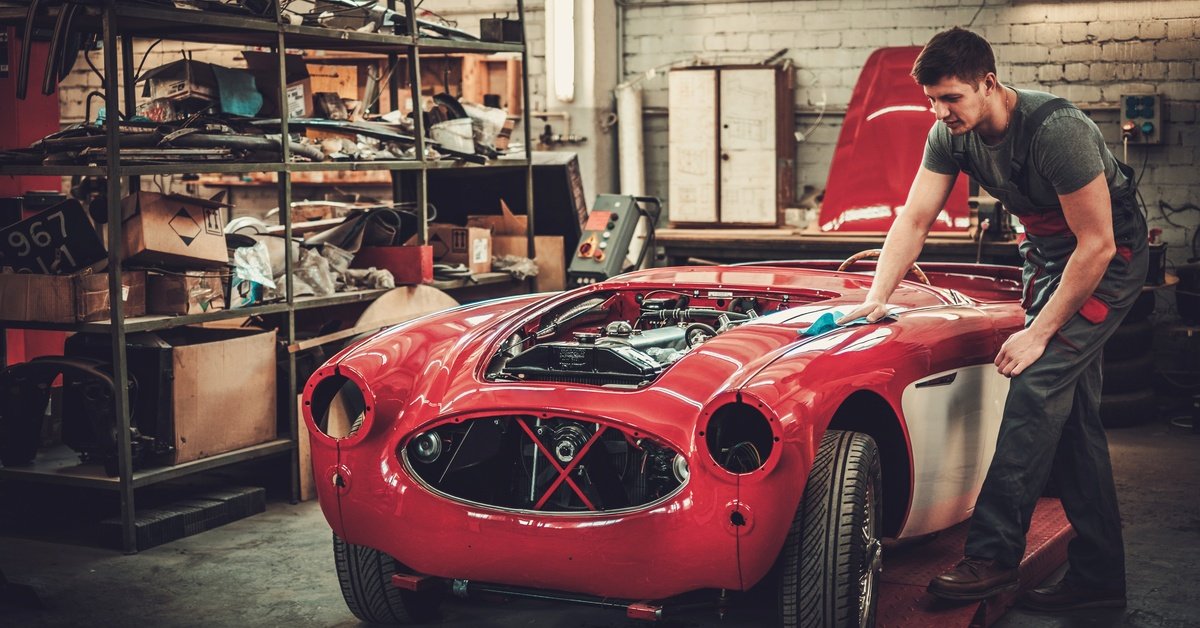Restoring a classic car can be a gratifying project, turning a piece of automotive history into a roadworthy masterpiece. Many enthusiasts dive into this hobby with great passion, but they often encounter roadblocks that can derail their progress and budget.
Understanding the common pitfalls is the first step toward a successful and enjoyable restoration. To help you on your journey, here are five mistakes to avoid when bringing an old car back to life.
Not Planning Ahead
Jumping straight into disassembly without a clear plan is a recipe for disaster. Before you touch a single bolt, you should thoroughly research your specific make and model.
Create a detailed plan that outlines the project scope and establishes a timeline. A well-organized approach prevents you from getting overwhelmed and ensures you have the resources you need to see the project through.
Failing to Create a Contingency Fund
One of the most common mistakes people make when bringing an old car back to life is failing to create a contingency fund. Unexpected issues like hidden rust, a cracked engine block, or electrical problems can quickly add up. Having a financial cushion will help you handle surprises without sacrificing the quality of your work or abandoning the project.
Using Incompatible Parts
In the quest to find affordable components, many people make the mistake of using ill-fitting aftermarket parts. Incompatible parts can lead to performance issues, safety hazards, and further damage down the road.
It is crucial to source components that are compatible and meet quality standards. For example, if you’re rebuilding a Volkswagen, make sure you learn how to identify genuine classic VW parts.
Neglecting Bodywork and Rust Repair
Some restorers focus solely on mechanical systems, overlooking the importance of proper bodywork. Painting over rust rather than properly treating and removing it is a critical error.
The corrosion will continue to spread beneath the new paint, eventually ruining your hard work. Address all rust and body imperfections properly from the start to create a solid foundation for the rest of the restoration.
Rushing the Process
Patience is a virtue, especially in car restoration. Rushing through steps, like applying paint before the primer has fully cured or hastily assembling components, almost always leads to poor results.
Each stage of the restoration requires time and attention to detail. Take your time, do it right the first time, and enjoy the process of seeing your vision slowly come together.
Bringing a classic car back from the brink is a marathon, not a sprint. Careful planning and a commitment to quality will help you create a vehicle you can be proud of for years to come.
